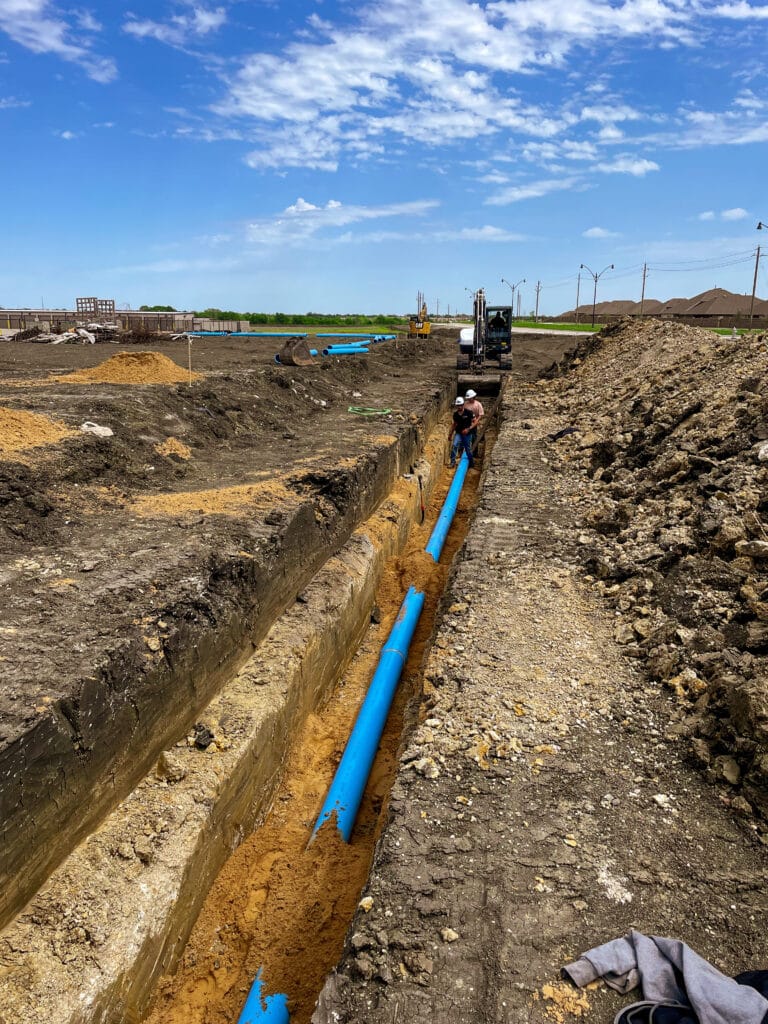Fire Line Inspection & Maintenance in Dallas, TX & Surrounding Areas
Fire Line Services

Rueben Group Fire Line Services
Within the realm of water distribution, the fire service line constitutes a crucial segment that precedes the backflow prevention assembly (BPA). These lines serve the purpose of supplying water to both fire sprinklers and private fire hydrants. The upkeep of these fire service lines holds utmost significance, as it guarantees their optimal functionality in times of fire emergencies. As such, your property demands our reliable fire line services in Dallas, TX, at Rueben Group.
Servicing Fire Lines in Dallas, TX – Courtesy of Rueben Group
Rueben Group, operating in Dallas Texas, extends its expertise in the domain of fire line services, encompassing inspection, testing, maintenance, engineering, and more.
Our team of fire line service professionals leverages cutting-edge technology and innovative techniques to provide reliable and cost-effective solutions. With a steadfast commitment to excellence, Rueben Group remains the go-to choice for clients seeking superior fire protection systems that stand the test of time.
Our Fire Line Services
At Rueben Group, our reputation is built on trust and expertise in providing top-tier fire line services across the greater Dallas-Fort Worth area. Our comprehensive approach encompasses everything from meticulous inspection and testing to thorough flushing, precise rectification and maintenance, and innovative design and engineering. That’s because we understand the critical nature of fire protection systems in protecting lives and property, which is why we are dedicated to delivering services that exceed the highest standards of quality and reliability. With us at the helm, you can ensure the utmost safety and efficiency of your fire line systems.
Thorough Inspection & Testing
Regular scrutiny of fire service lines is imperative to identify potential cracks, leaks, obstructions, and any other factors hindering their seamless operation. In addition to inspections, it is advised to subject the fire service lines to annual tests. Such tests prove vital, as prolonged periods of inactivity might lead to latent issues. By conducting these tests, operational readiness is preserved, ensuring the lines are poised to perform without a hitch when the situation demands.
Efficient Flushing
Our proficient team is equipped to conduct comprehensive annual flushing services in Dallas, TX, targeting your fire service lines. This meticulous process serves to dislodge and eliminate debris and sediment accumulation resulting from prolonged disuse. The removal of such hindrances is pivotal in facilitating an unobstructed flow of water.
Rectification and Maintenance
Instances of leaks or cracks detected within your fire lines, whether observed by you or noted during our inspection, necessitate immediate remediation. In Dallas, TX, we extend our services to mend and restore fire service lines. Drawing upon our experience, we ensure that the lines are reinstated to their prime operating condition, guaranteeing their efficacy in times of need.
Tailored Design & Engineering
For those engaged in property renovations or new constructions in need of fire sprinkler systems or private fire hydrants, Reuben Excavation presents its proficiency. Our team can conceptualize and strategize an adept fire line system, customized to your property’s specific requirements.
Our Fine-Tuned Fire Line Maintenance Process
At Rueben Group, our fire line maintenance process is meticulously designed to ensure your fire protection systems operate flawlessly and efficiently, safeguarding your property and its occupants.
- Inspection and Evaluation: Our initial step involves a thorough inspection of your existing fire line system to assess its condition and performance. We evaluate all components for signs of wear, damage, or corrosion.
- Testing and Compliance Checks: We conduct rigorous testing of the fire line system to ensure it meets all regulatory standards and performs as expected during an emergency. This includes flow tests, pressure tests, and valve inspections.
- Scheduled Maintenance: Based on our findings, we develop a tailored maintenance schedule that addresses any immediate repairs and outlines routine checks. This proactive approach helps prevent unexpected failures and extends the lifespan of your system.
- Rectification and Upgrades: If issues are identified, our skilled technicians perform necessary rectifications or system upgrades, utilizing the latest technologies and materials to enhance system reliability and efficiency.
- Documentation and Reporting: Throughout the process, we provide detailed documentation and reports, keeping you informed of your system’s status and our maintenance activities.
Beyond maintenance, we also specialize in new fire line installations and enhancements, if necessary, during the above maintenance processes, ensuring seamless integration and advanced protection, elevating the safety and efficiency of your systems without disrupting operations.
Other Services
Emergency Utility Repair
Sewer and Water Line Installation
Storm System
Septic System
Catch Basin
Grade Ring Adjustments
High-Quality Fire Line Services From The Rueben Group
Contact The Rueben Group for Fire Line Installation & Maintenance in the Dallas Fort-Worth Area
Our dedication to safeguarding your premises with state-of-the-art fire line services in Dallas, TX, is unwavering. We understand the importance of having a reliable, efficient fire protection system, and our team is committed to ensuring that your needs are met with the highest level of professionalism and expertise.
If you have questions about fire line services or would like to request a free quote, please send us a message or call us at 945-227-1077. Let us partner with you to ensure your property is protected by the best in the business.

